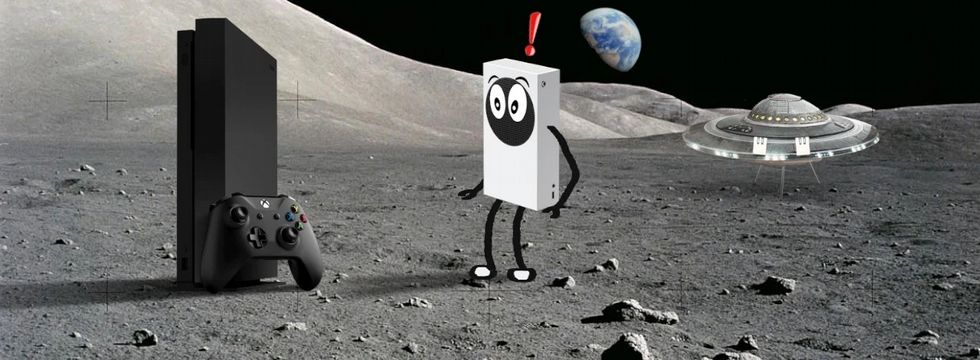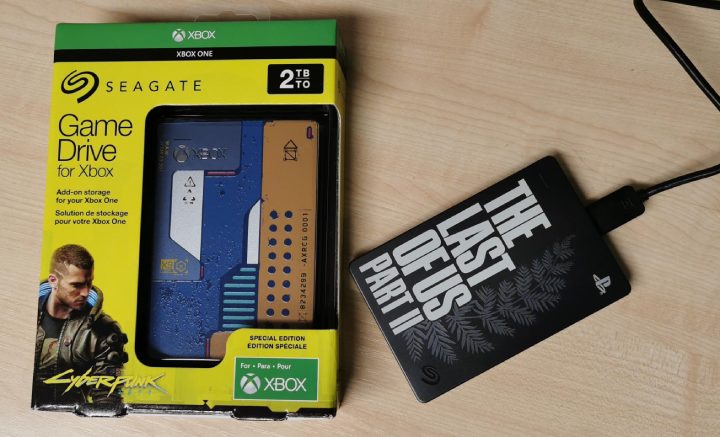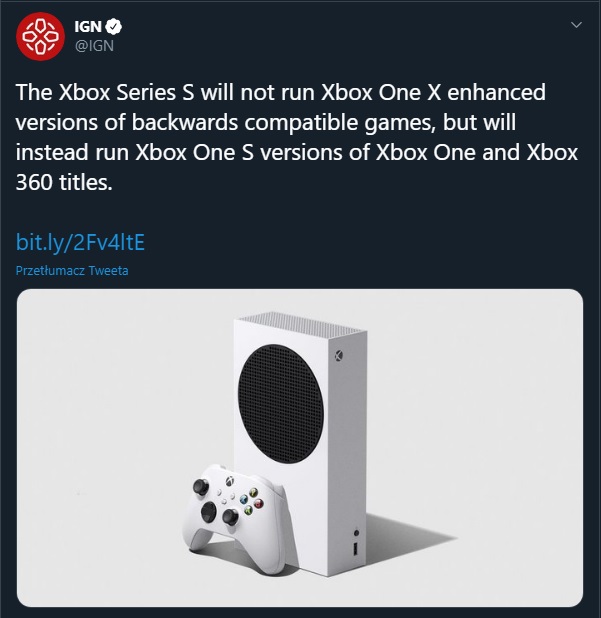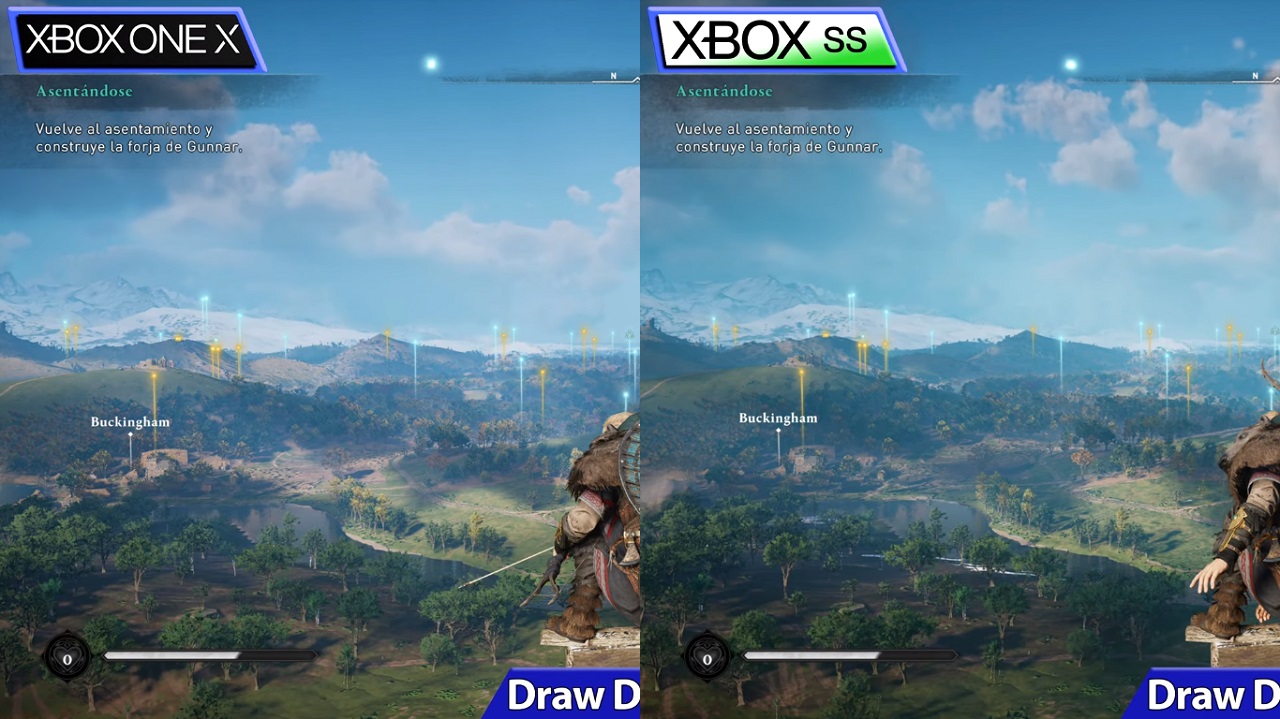Not only the PS5 has an SSD. Is Xbox Series S actually better than XOne X?

- Is Xbox Series S Better than Xbox One X?
- Xbox Series S is strong, and teraflops are BS
- Not only the PS5 has an SSD
Not only the PS5 has an SSD
In the case of both consoles, there's no point comparing Xbox One X and its ancient, 5400 RPM HDD with NVMe SSD used in Series X. Without exact data from Microsoft, we can assume that the former is about 50 MB/s, and for comparison, the modern unit of a cheaper console is supposed to achieve speeds of about 2.4 GB/sec for uncompressed files and even 4.8 GB/sec for compressed files.
This means a significant increase in the speed of loading games and virtually eliminating loading screens or loading of textures while exploring the world. The changes should be most visible in games such as The Witcher 3, which will be upgraded to a new generation console version and will benefit from the advantages of hellishly fast SSDs.

Finally, I think it's worth quoting Gavin Stevens, the developer of Team Blur, who said on the reset forum that the technical parameters of Xbox Series S are ideal for playing in 1080p or 1440p, so less RAM is not a problem. In his opinion, the GPU should also perform "better than good" at these resolutions. If we add practically the same processor as in Xbox Series X and PS5, it looks "absurdly good," according to the man. He's surprised that people are even wondering if Xbox Series S will be stronger than Xbox One X. The new model is supposed to be "a whole generation ahead" of its predecessor. Although I don't agree with every point of his statement, I think that Xbox Series S, combined with an Xbox Game Pass subscription, can be a really fantastic and very cheap option to enter the world of new games.

Of course, it won't be the hardware for everyone, as 4K enthusiasts or ultra setting fanatics will surely reach for the "X" version, but for the rest of the players – be they less rich or just occasional – $299 is a bargain.
With the right marketing strategy, Microsoft can get a really big piece of market share because it's not likely that they will have competition from Sony on this level. It should be taken into account that often, the console is used by people who do not know the technical specs, who are only looking for a gift or the proverbial "FIFA decoder," so a console costing three hundred bucks should be perfect for that.
After the launch of Xbox One X and Series S, we have a little more data, as well as direct comparisons of how the games on Xbox One X and Series S work. First of all, the whole experience is clearly reflected in the fact that in the new console, we are dealing with an SSD and a new processor.
Graphically, in most titles the differences are small, but we can see that on Xbox Series S offers more detailed textures and shadows. The most striking thing is the drawing range of objects, which is generally worse on Xbox One X. This makes the elements farther away from our character more visible on Series S, which increases the immersion and most of all makes it impossible to have visible pop-up textures during the game. And we know how annoying can it be to watch textures still load as we're playing. This is especially visible when we move quickly through an area.
In terms of resolution, the issue is no longer so clear-cut, as Xbox One X tries to provide us with 4K images in the vast majority of games. Xbox Series S based on the example of Assassin's Creed: Valhalla holds a dynamic resolution scaling between 1188p and 1656p. Xbox One X operates in a dynamic 4K in the same games, but most of the time, it operates in 1656p upscaled to 2160p. It's not known how things will look in the future, because with the increasing hardware requirements, Xbox One X may no longer be able to handle 4K, even in 30 frames per second.
The issue of frames per second is also interesting, because Xbox One X works in the vast majority of scenarios in 30 fps, sometimes reaching 60 in titles that are well optimized. Xbox Series S, in turn, aiming at a resolution of 1440p, is to provide us with 60 frames per second in most games and up to 120 fps in selected productions. The reality shows that at least for the time being, not every game manages to achieve such performance, since Assassin's Creed: Valhalla runs in jsut 30 frames per second. We can only count on the fact that in the future, developers will make better use of the resources of the smallest new generation console, allowing us to play in 60 fps.

Quite a lot of discussion was raised before the premiere by the fact that Xbox Series S doesn't have a Blu-ray drive, so games will have to be stored on the console's internal memory. It turns out that this is now a bigger problem than previously assumed, because the drive in Xbox Series S has only 364 gigabytes of capacity. Compared to almost 1 TB of Xbox One X and the ability to run games from disks, it is a big drawback for some. Of course, the speed of the data carrier in the S Series has increased many times and this is an advantage, but in the case of games that weigh more than 100 GB, its small capacity can be a real problem. The solution is, of course, external memory cards, but their price knocks you down and I don't think that many people would decide to buy them soon. Xbox One X is therefore a definite winner in terms of available disk space.
So it seems that despite the much smaller amount of memory available and the lack of Blu-ray drive or support for native 4K games, Xbox Series S will still be a more future-proof choice for most players. All this because of the faster drive, significantly better processor, quick resume or auto HDR, and most likely much longer support.
However, if your priority is to play prev-generation games in 4K, with improvements that are only available on Xbox One, and in addition you prefer discs, then you should consider the older console. Games running on Xbox Series S in backwards compatibility work as on Xbox One S.
